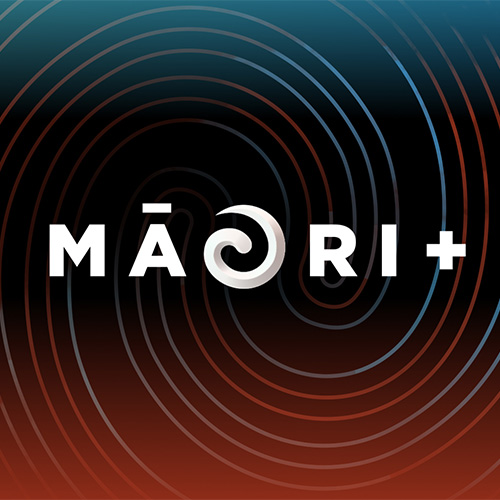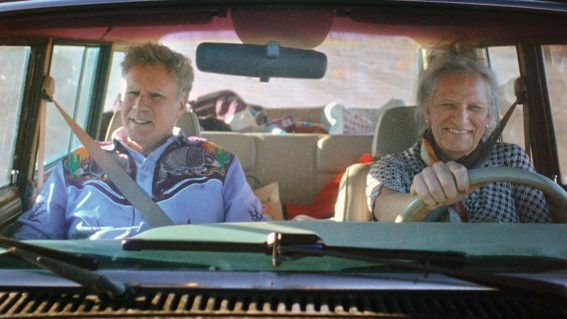Night Raiders is a confronting sci-fi allegory about the treatment of Indigenous peoples
This insight into continued injustices somehow lacks dramatic conflict or complexity.
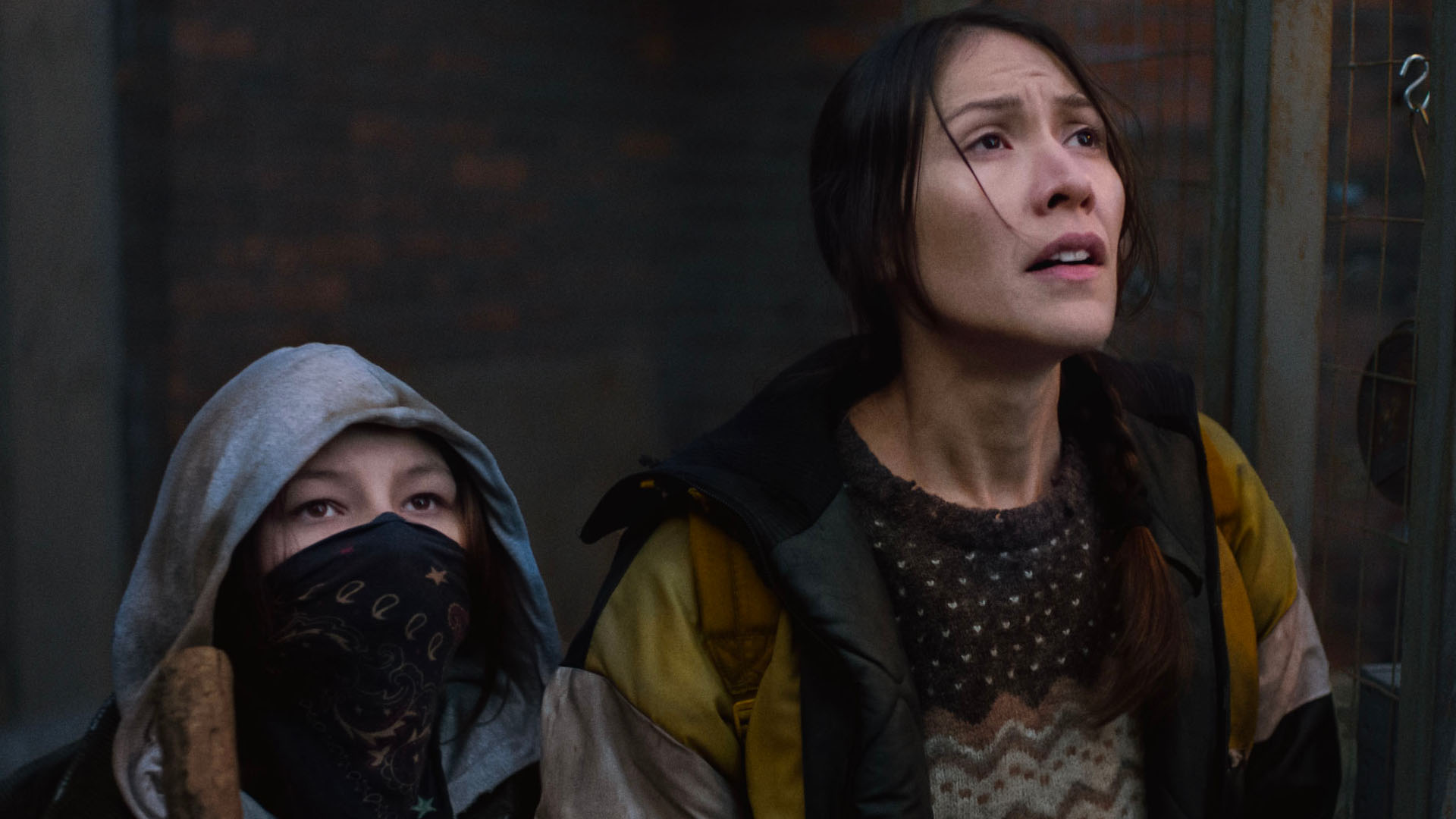
An Indigenous mother tries to rescue her daughter in post-apocalyptic sci-fi Night Raiders. Set in 2043 and following a dystopian genre format, it could very well be something taken out of history books, writes Laumata Lauano.
A dystopian Canadian-Kiwi collaboration, Night Raiders’ producers include Ainsley Gardiner and Chelsea Winstanley (with Taika Waititi among the exec producers). Set in 2043 Canada, the female-driven film is a painstakingly obvious commentary piece on Canada’s dark colonial legacy.
Night Raiders follows Niska (Elle-Máijá Tailfeathers), an Indigenous mother who joins an underground band of Cree vigilantes to try and rescue her daughter from a state-run institution—sounds familiar but not. This is because it’s following a dystopian genre format but could very well be something taken out of history books—Indigenous people have been displaced from their land and ghettoised in reserves, while their children are forcibly enrolled in residential schools that brainwash them into forgetting their language and culture.
It’s a confronting allegory about Canada’s past treatment of its Indigenous peoples, and a confronting truth that we’re all too aware of here in Aotearoa.
Speaking of Aotearoa, Alex Tarrant is a standout as Leo, and I outright laughed at the clapback the Māori character receives at one point when he hits Niska with a guilt trip. Seeing her hesitancy to assist her fellow activists in the plan to move Cree children north to the safe zone, Leo asks “Have you ever lived with your own people?”
Her response, “Have you?”, calling out the irony of a Māori man from the other side of the world asking for her Cree credentials, was everything. Because while his experience isn’t too far off from the Crees’, it is not the same. There is a shared alliance, but in the words of his Oceanic cousins in the Pacific, “ia e iloa le vā”—know the relational space. We can tautoko, don’t overstep your boundary mate.
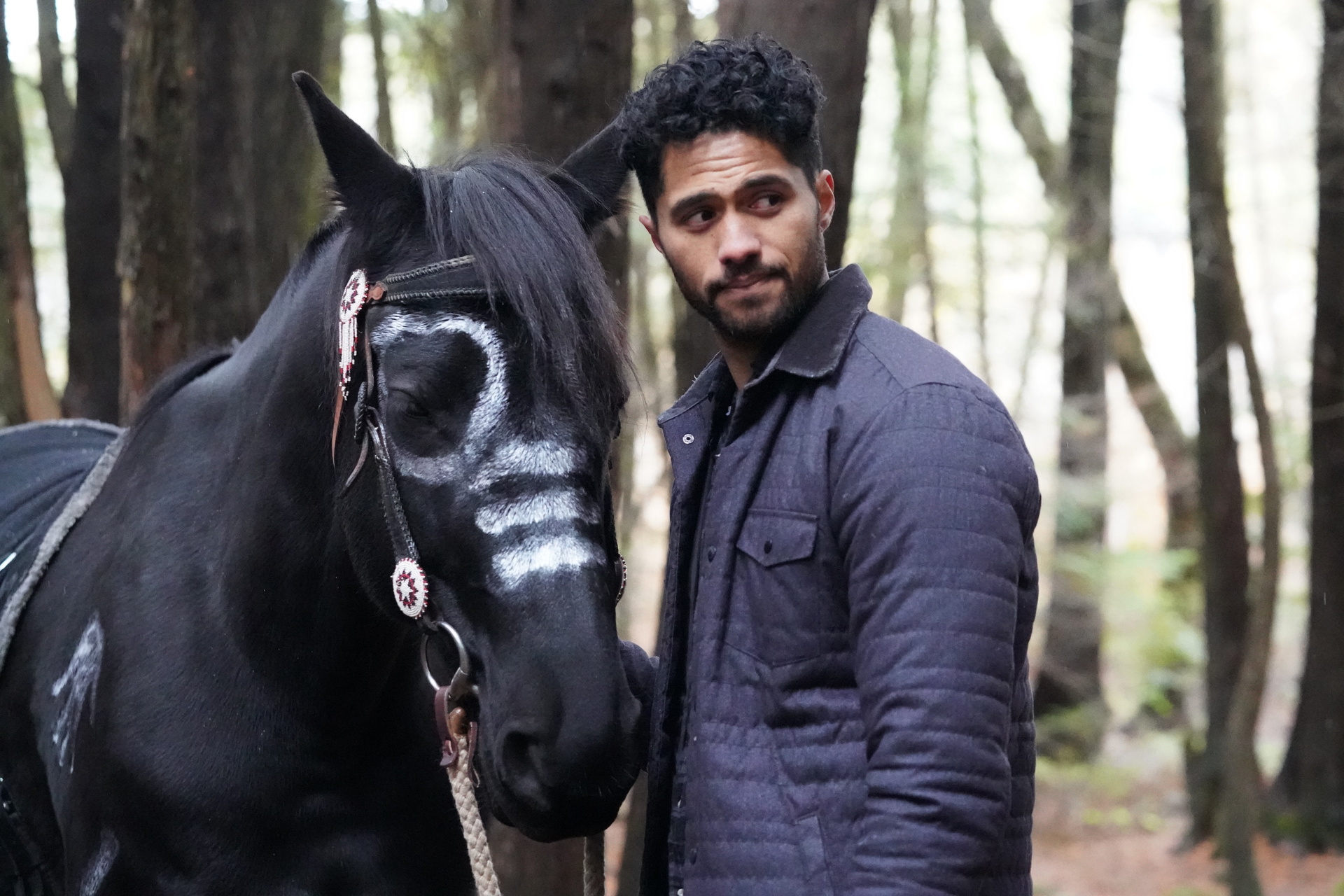
The film is an insight into continued injustices that the native Canadian people still have to put up with to this day. Now, while there’s conflict I can’t help but feel there’s not much of a dramatic conflict for viewers to mull over when our choices are to either root for resourceful single mum Niska, her impressionable teenage daughter Waseese (Brooklyn Letexier-Hart) and/or boo at the occupying military, the obviously evil Academy.
There’s no room for complexity, and it feels as if you never really delve deep into characters’ psyches, it always seems as if what we’re seeing on the surface is what we’re to accept—it’s black and white. These are the bad guys, these are the good guys and while that’s not entirely a bad thing, it’s also not as engaging as if we were given more complex characters and situations to mull over.
I mean there’s a virus and a vague, vague war that are talked about and briefly shown to explain some things like the racial tension and class-based inequality. Gosh, did someone put a mirror up against the underbelly of every colonised nation?
These last paragraphs get a little bit into spoilers, if that’s an issue, look away…
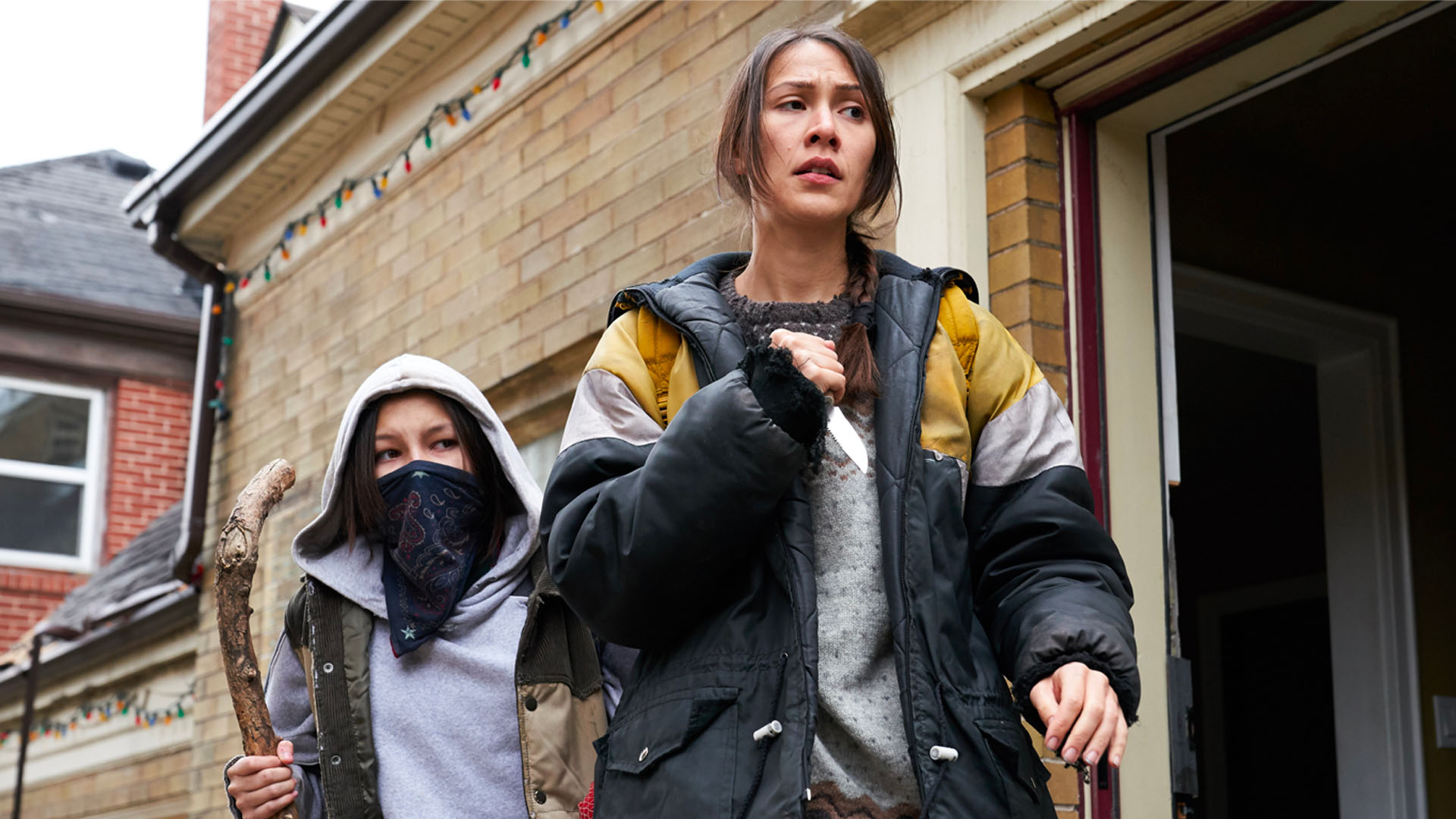
OK, the ending really didn’t do it for me. I suppose it’s indicative of how life doesn’t have a happy ending tied up in a nice bow—least of all for the Indigenous folk who remain outsiders being told they don’t belong. Perhaps it’s just a way to set up for a sequel or… the start of a trilogy (cough Hunger Games cough).
All in all the film is an interesting watch. I wouldn’t watch it more than once to be honest, but I also wouldn’t mind a follow up. I suppose I’m invested enough to want to know what happens next—the ending was annoying like that.







